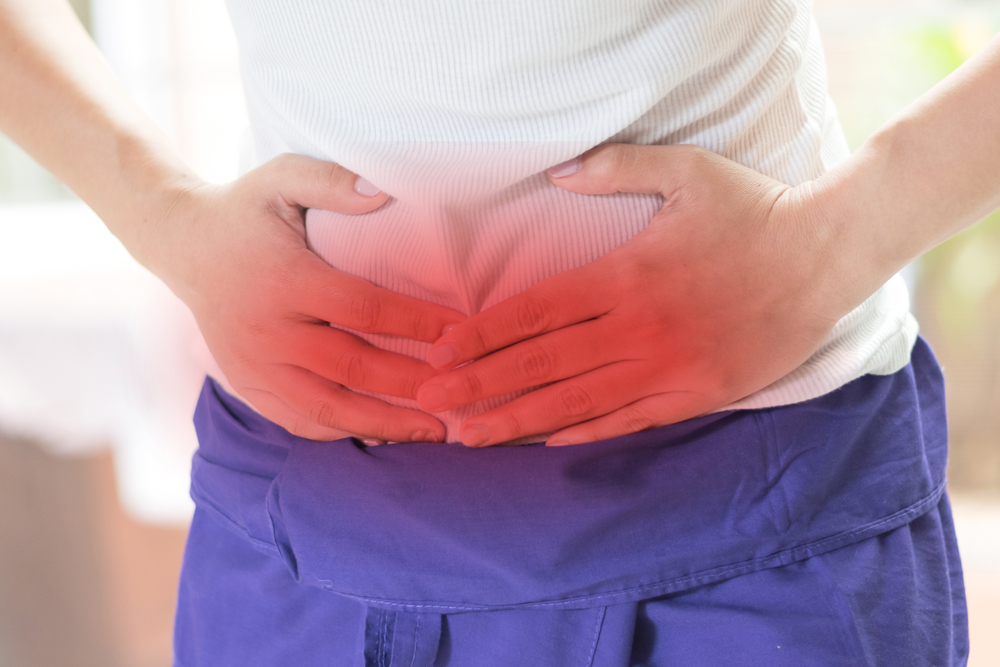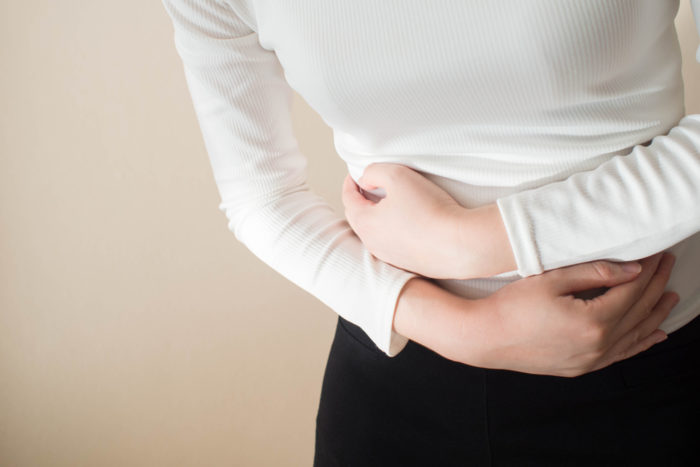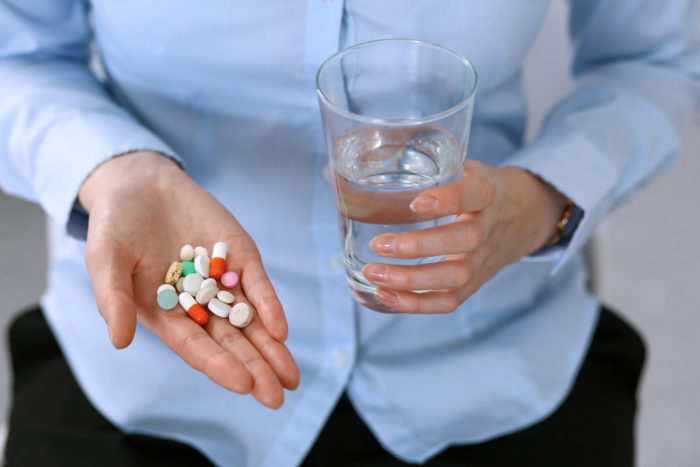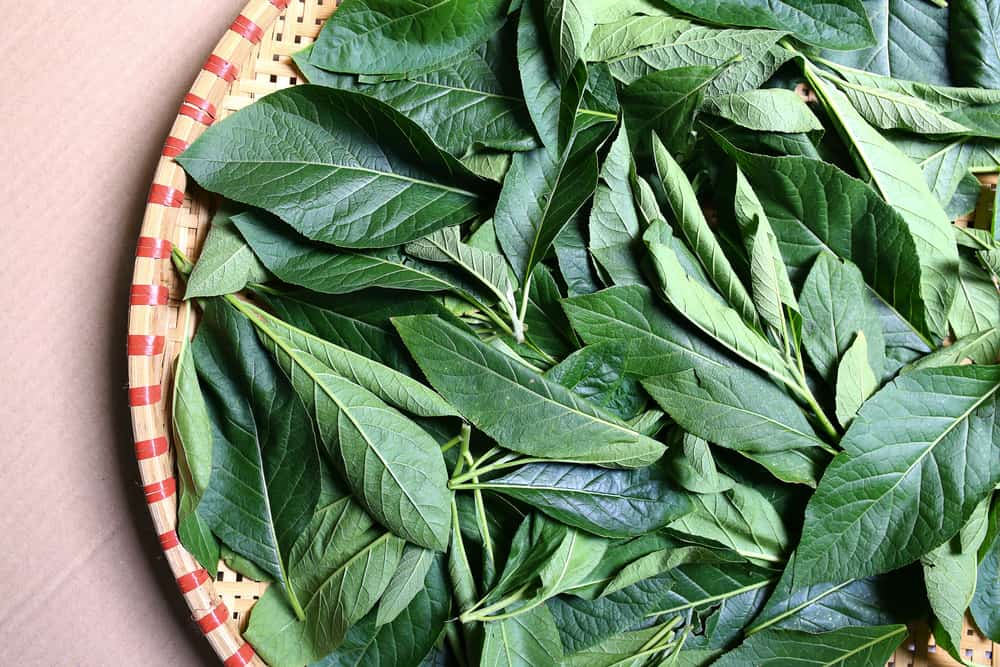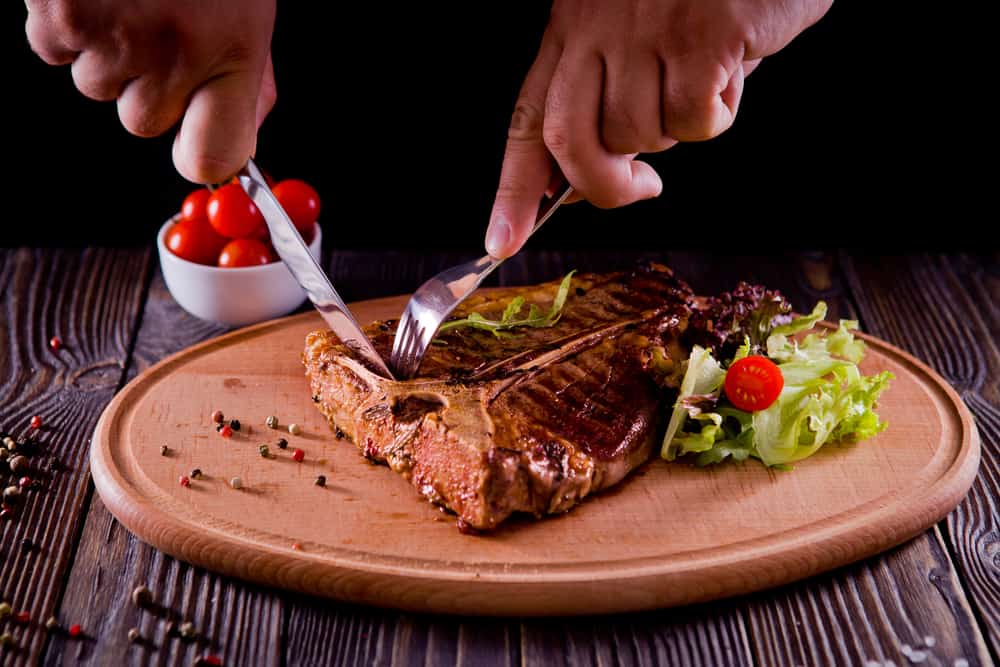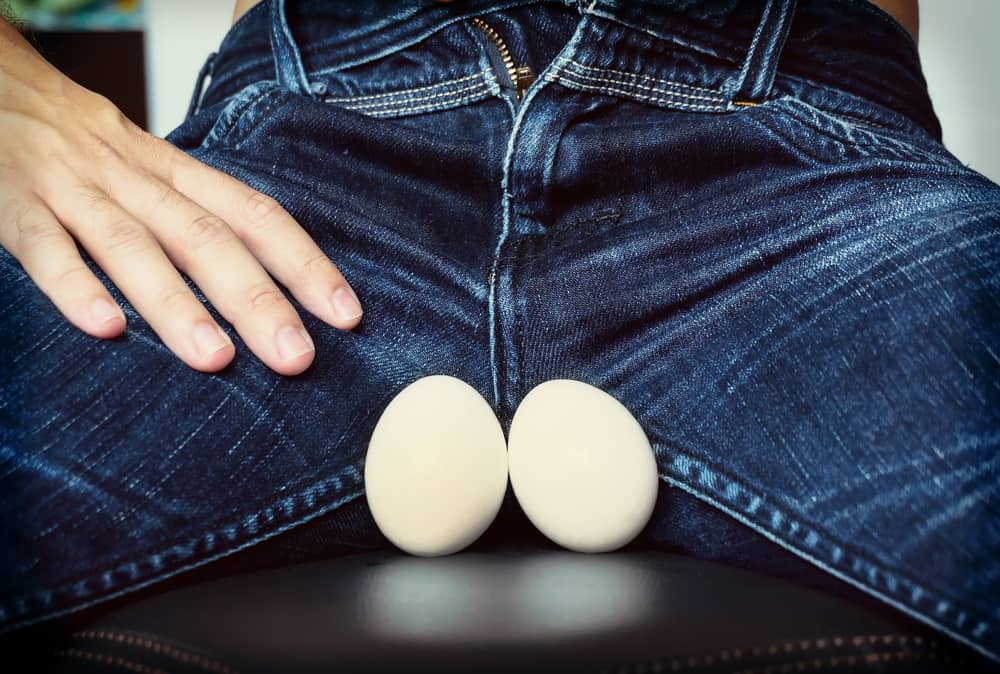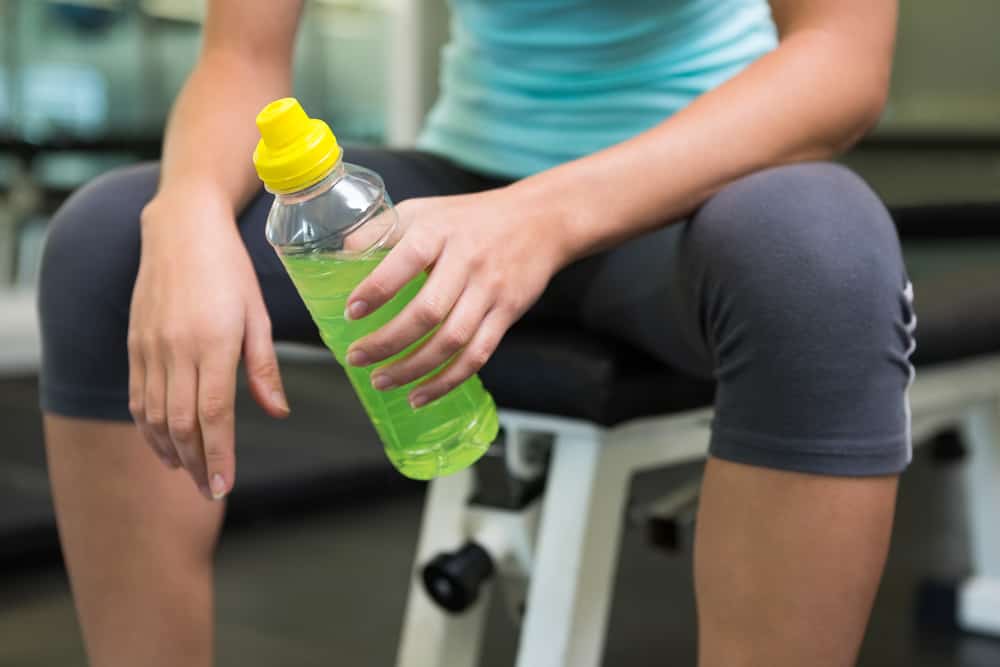Contents:
- Medical Video: Diverticulosis vs Diverticulitis
- Signs and symptoms of diverticulitis
- Does bloody bowel include symptoms of diverticulitis?
- So, how to treat inflammation of the large intestine sac (diverticulitis)?
Medical Video: Diverticulosis vs Diverticulitis
Diverticulitis is inflammation and infection that occurs in the large intestine sacs. Unfortunately, this disease is often overlooked because the symptoms tend to be similar to other diseases. Even if it is not treated immediately, this condition causes more serious complications, such as festering and torn intestines. So, what are the symptoms of diverticulitis?
Signs and symptoms of diverticulitis
One of the most common and easily recognized symptoms of diverticulitis is acute pain in the stomach. Usually, the pain appears in the lower left abdomen. However, this can also occur in the lower right abdomen, especially in Asians. This condition can occur continuously and for days, even it can only disappear after treatment.
The other most common signs and symptoms of diverticulitis include:
- Nausea
- Gag
- Fever
- Excessive sweating at night
- The stomach feels pressed
- Constipation
According to Dr. Johnny Altawil, a gastroenterologist at Gastrointestinal Associates in Knoxville, Tennessee, abdominal pain from diverticulitis can also feel mild and soft. Although it seems trivial, this actually indicates that the large intestine sac (diverticulum) has ruptured and forms an abscess aka bag of pus.
If diverticulitis reaches the chronic stage and triggers complications, the pain can also be accompanied by a lump in the abdomen. This condition feels like there is a big ball blocking your stomach.
In addition to the most common abdominal pain, diverticulitis can also be characterized by other symptoms, such as:
- Diarrhea
- Increased number of white blood cells
- Bloody urine
- Heart rate increases
- Hypotension
Symptoms of diverticulitis can be a sign that your large intestine has ruptured and spilled its contents into the abdominal cavity. As a result, this condition can trigger abscesses (a collection of pus), fistulas (abnormal channels as a result of inflammation), or peritonitis (inflammation of the membrane of the abdominal cavity).
Does bloody bowel include symptoms of diverticulitis?
Because diverticulitis occurs in the large intestine, you might think that bloody bowel movements might be a symptom of diverticulitis. In some cases, inflammation of the large intestine can indeed trigger wounds and cause bleeding so that the blood is carried by feces and causes bloody bowel movements.
Quoted from Everyday Health, bloody defecation can be a symptom of diverticulitis, but the case is fairly rare. Chronic diverticulitis can indeed make the intestinal lining inflamed until it causes bleeding.
However, just one symptom is not enough to prove a person has diverticulitis. So, this bloody bowel must be accompanied by other symptoms that lead to diverticulitis.
So, how to treat inflammation of the large intestine sac (diverticulitis)?
Basically, inflammation of the large intestine sac or mild diverticulitis can be treated by taking antibiotics appropriately. This antibiotic effect will usually work fast in 24 hours to reduce pain for the next 3 to 5 days. If it continues to be routinely taken medication, this abdominal pain due to diverticulitis will disappear completely within 10 days.
However, if the symptoms worsen after three days, the doctor will usually do an additional medical examination to find out how severe the patient's complications are. That way, the doctor can immediately take action and treat diverticulitis in patients.

